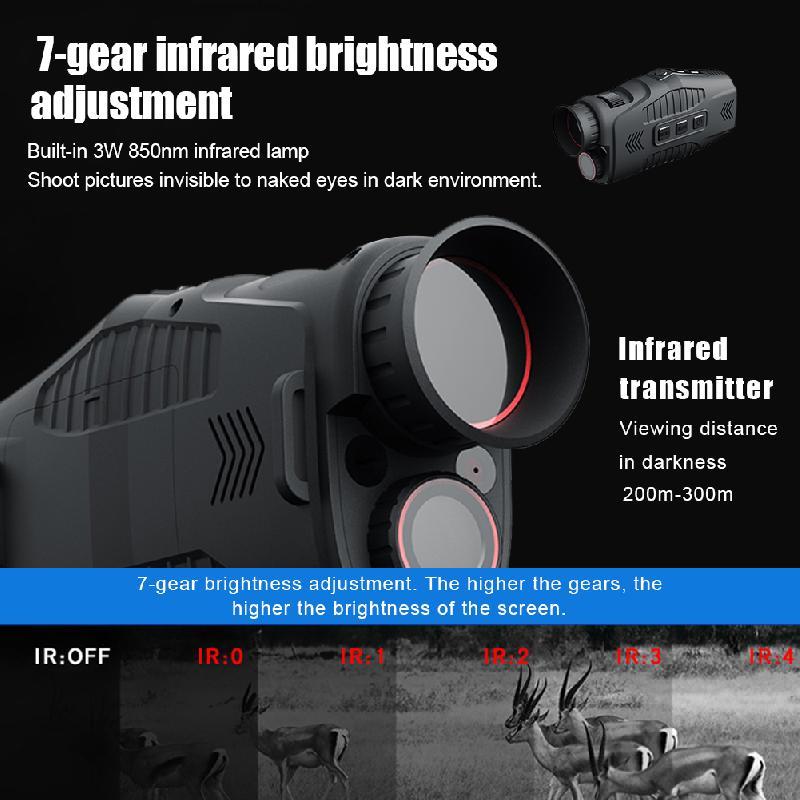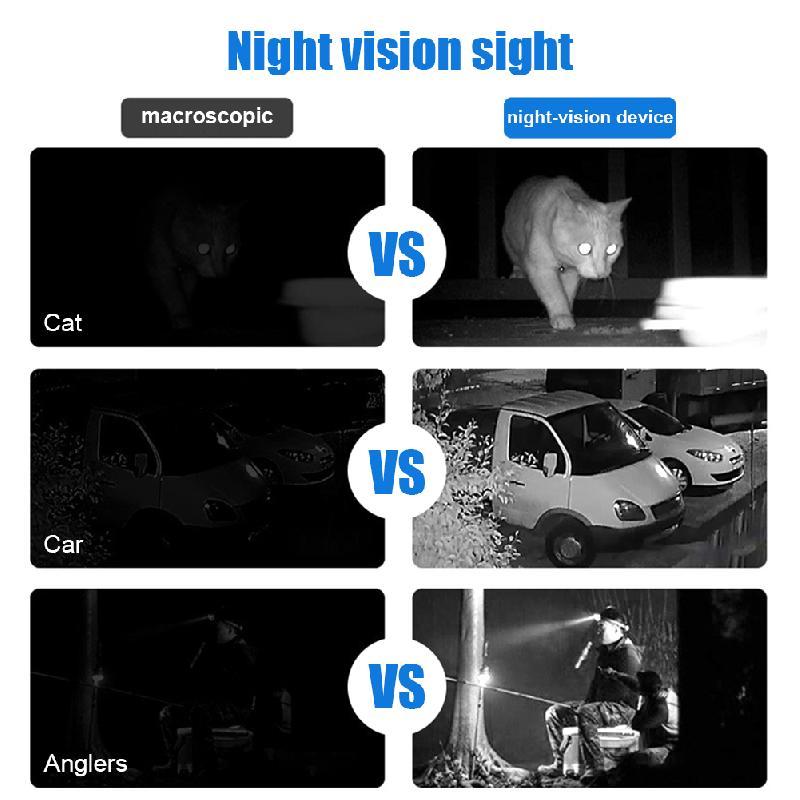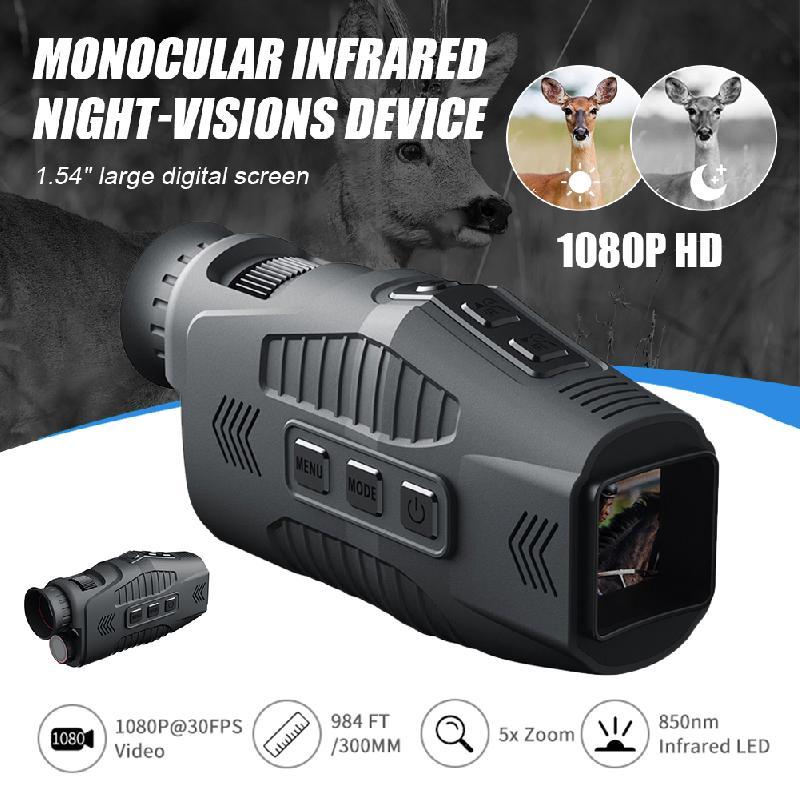What Is Monocular Cd ?
Monocular CD refers to monocular contrast sensitivity function, which is a measure of an individual's ability to detect and perceive contrast in visual stimuli using only one eye. It is a quantitative assessment of the eye's sensitivity to different levels of contrast, typically measured across a range of spatial frequencies. Monocular CD testing is often used in ophthalmology and optometry to evaluate visual function and detect abnormalities or impairments in the visual system of one eye. This assessment can provide valuable information about the eye's ability to perceive details and discriminate between different levels of contrast, which is important for tasks such as reading, driving, and recognizing objects.
1、 Definition and Characteristics of Monocular CD
Monocular CD, also known as monocular depth cues, refers to the visual cues that allow us to perceive depth and distance using only one eye. These cues provide important information about the relative distances of objects in our environment and help us navigate and interact with the world around us.
There are several monocular depth cues that contribute to our perception of depth. One of the most well-known cues is called linear perspective, which involves the convergence of parallel lines as they recede into the distance. This cue allows us to judge the relative distance of objects based on the angle at which they appear to converge.
Another important monocular depth cue is known as texture gradient. This cue involves the change in the size and density of a pattern or texture as it recedes into the distance. Objects that are closer to us appear larger and more detailed, while objects that are farther away appear smaller and less detailed.
Other monocular depth cues include relative size, which involves comparing the size of objects to determine their distance, and occlusion, which occurs when one object partially blocks another, indicating that the blocked object is farther away.
Recent research has also highlighted the role of motion parallax as a monocular depth cue. Motion parallax refers to the apparent movement of objects in our visual field as we move our head or eyes. This cue allows us to perceive depth by comparing the speed and direction of objects' movement.
Overall, monocular CD plays a crucial role in our perception of depth and distance. It allows us to navigate our environment, judge the size and distance of objects, and interact with the world around us.

2、 Causes and Risk Factors of Monocular CD
Monocular CD, also known as monocular central vision loss, refers to the loss of central vision in one eye. It is a condition that affects the ability to see fine details, read, recognize faces, and perform other tasks that require clear central vision. Monocular CD can be caused by various factors, including eye diseases, trauma, and certain medical conditions.
One of the most common causes of monocular CD is age-related macular degeneration (AMD), which is a progressive eye disease that affects the macula, the central part of the retina responsible for sharp, central vision. Other eye diseases that can lead to monocular CD include diabetic retinopathy, glaucoma, and retinal detachment.
Trauma to the eye, such as a severe injury or surgery, can also result in monocular CD. In some cases, the damage may be irreversible, leading to permanent vision loss. Additionally, certain medical conditions like stroke, brain tumors, and optic nerve damage can cause monocular CD.
It is important to note that the risk factors for monocular CD can vary depending on the underlying cause. For example, age and family history are significant risk factors for AMD, while diabetes and high blood pressure increase the risk of diabetic retinopathy.
The latest point of view on monocular CD suggests that early detection and treatment of the underlying cause are crucial in preventing further vision loss. Regular eye examinations and monitoring of eye health are recommended, especially for individuals at higher risk. Additionally, lifestyle modifications such as maintaining a healthy diet, exercising regularly, and avoiding smoking may help reduce the risk of developing certain eye diseases associated with monocular CD.
In conclusion, monocular CD is the loss of central vision in one eye and can be caused by various factors including eye diseases, trauma, and certain medical conditions. Early detection and appropriate management of the underlying cause are essential in preventing further vision loss. Regular eye examinations and adopting a healthy lifestyle can play a significant role in reducing the risk of developing monocular CD.

3、 Diagnosis and Assessment of Monocular CD
Monocular CD refers to monocular central vision loss, which is the impairment or loss of vision in one eye. It can be caused by various factors such as eye diseases, trauma, or neurological conditions. Monocular CD can significantly impact an individual's visual function and quality of life.
The diagnosis and assessment of monocular CD involve a comprehensive evaluation of the affected eye and the overall visual system. This includes a thorough medical history, visual acuity testing, visual field testing, and a detailed examination of the eye structures. Additional tests such as optical coherence tomography (OCT) and fundus photography may also be performed to assess the health of the retina and optic nerve.
The latest point of view in the diagnosis and assessment of monocular CD emphasizes the importance of a multidisciplinary approach. Collaboration between ophthalmologists, optometrists, and other healthcare professionals is crucial to provide comprehensive care and address the specific needs of each patient. Additionally, advancements in imaging technology, such as OCT, have greatly improved the ability to detect and monitor changes in the retina and optic nerve, aiding in the diagnosis and assessment of monocular CD.
Furthermore, the assessment of monocular CD extends beyond the physical examination. It is essential to consider the functional impact of the vision loss on daily activities and quality of life. This may involve assessing visual function in various real-life situations, such as reading, driving, or recognizing faces. Rehabilitation and low vision services play a vital role in helping individuals with monocular CD adapt to their visual impairment and maximize their remaining vision.
In conclusion, the diagnosis and assessment of monocular CD involve a comprehensive evaluation of the affected eye and the overall visual system. The latest approach emphasizes a multidisciplinary approach, utilizing advanced imaging technology and considering the functional impact on daily activities. Rehabilitation and low vision services are essential in helping individuals with monocular CD adapt to their visual impairment.

4、 Treatment Options for Monocular CD
Monocular CD, also known as monocular central vision loss, refers to the loss of central vision in one eye while the other eye maintains normal vision. This condition can be caused by various factors such as macular degeneration, optic nerve damage, or trauma to the eye.
Treatment options for monocular CD aim to improve visual function and quality of life for individuals affected by this condition. One of the main approaches is the use of low vision aids, which can include magnifiers, telescopes, or electronic devices that enhance visual acuity and help individuals with monocular CD perform daily tasks more easily. These aids can be prescribed and customized by low vision specialists to meet the specific needs of each patient.
In recent years, there has been growing interest in the use of virtual reality (VR) technology as a treatment option for monocular CD. VR headsets can simulate a virtual environment where individuals with monocular CD can experience improved depth perception and visual acuity. This technology has shown promising results in enhancing visual function and improving quality of life for patients with monocular CD.
Additionally, rehabilitation programs that focus on training individuals to use their remaining vision more effectively have also been found to be beneficial. These programs may include visual scanning exercises, contrast sensitivity training, and adaptive strategies for performing daily tasks.
It is important to note that the treatment options for monocular CD may vary depending on the underlying cause and severity of the condition. Therefore, it is crucial for individuals with monocular CD to consult with their eye care professionals to determine the most appropriate treatment plan for their specific needs.






























There are no comments for this blog.